If your tap water smells off, tastes metallic, or you’ve been told to “just boil it,” you might be wondering — is that really enough? Or is a filtration system a better long-term fix?
Let’s compare what each method can (and can’t) do.
✅ Quick Takeaways
- 🔥 Boiling water kills bacteria, viruses, and parasites — but does not remove chemicals, heavy metals, or sediment.
- 💧 Filtered water improves taste, removes more contaminants, and is better for everyday use — but only filters certified for pathogen removal can replace boiling in emergencies.
- 👨🔬 Boiling is ideal during power outages, boil advisories, or when filtration isn’t available.
- 🧪 Filtration methods like reverse osmosis, ultrafiltration, and UV light offer broader protection — especially when combined.
- 🧼 Distilled water offers the purity of boiling with the benefits of filtration — great for sensitive uses like medical equipment.
- 💡 Pro Tip: Don’t rely on boiling alone for long-term water quality. Test your water regularly and use the right filtration system for your specific contaminants.at.
🔥 Why Boil Water?
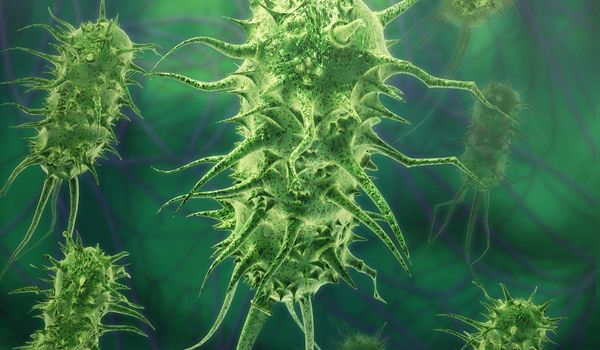
When your water quality is in question — whether it’s a boil advisory, a busted main, or a camping trip — boiling is a fast, accessible way to make it safe.
Here’s what it does (and what it doesn’t):
✅ Kills Dangerous Microbes
At 212°F (100°C), boiling wipes out most bacteria, viruses, and parasites — including Giardia, E. coli, and Cryptosporidium.
✅ Works in Emergencies
If the power’s out or your treatment system is down, boiling doesn’t rely on filters or electricity. All you need is heat and a pot.
✅ Super Simple
It doesn’t get more basic — just bring your water to a full, rolling boil and let it bubble for at least a minute.
⚠️ But a Few Notes:
- At high altitudes, water boils at a lower temperature — so go for a 3-minute boil if you’re 6,500 feet or higher.
- Boiling ≠ purification. It disinfects — but it won’t remove chemicals, metals, or sediment.
- Spores from bacteria like Clostridium botulinum can survive boiling — though they’re rare in drinking water, it’s why pressure canning is required for food.
💡 Pro Tip:
Pretreat cloudy water by pouring it through a coffee filter or cloth before boiling — it helps remove visible sediment, making boiling more effective.
🧪 Does Boiling Really Purify Water?
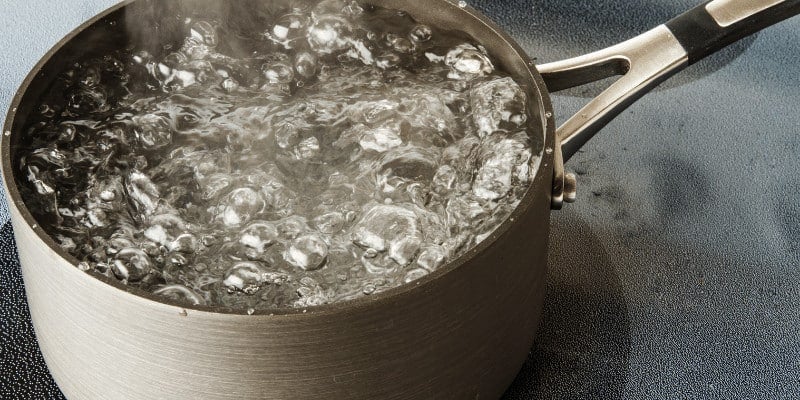
Boiling is one of the oldest — and most reliable — ways to disinfect water. But while it’s great at killing microbes, it doesn’t remove everything. Here’s how it stacks up:
| ✅ Pros | ⚠️ Cons |
|---|---|
| Kills bacteria, viruses, and parasites | Doesn’t remove heavy metals or chemicals |
| No special equipment required | Can leave water tasting flat or metallic |
| Works in emergencies or off-grid | Time-consuming for daily use |
| Safe and effective when done properly | Needs to cool before drinking |
| Affordable and widely accessible | Can concentrate some contaminants through evaporation |
💧 When Filtering Beats Boiling
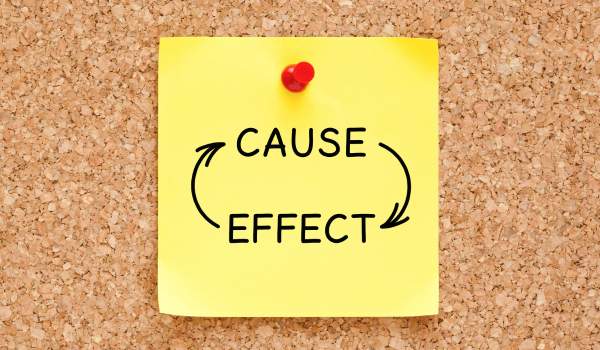
Boiling is great in a pinch, but for everyday water safety, filtration has the edge. Not only does it make water safer, it often tastes better too — and it’s way more convenient.
✅ Why Filtration Wins for Daily Use:
- More complete protection: Quality filters can reduce chlorine, heavy metals, VOCs, and even some bacteria — not just pathogens.
- No waiting required: You get clean, cool water instantly — no boiling or cooling time.
- Less labor, more water: Whether you’re filling a water bottle or running a dishwasher, a filtration system can handle it.
- Improves taste and smell: Filters remove the off-putting flavors that boiling leaves behind.
And if you’ve got specific contaminants in your supply — like lead, chlorine, or PFAS — boiling won’t help. But the right filter can.
💡 Pro Tip: Not all filters remove bacteria. If you’re on well water, look for systems with ultrafiltration, reverse osmosis, or UV add-ons for full-spectrum protection.
🔥 When Boiling Beats Filtering
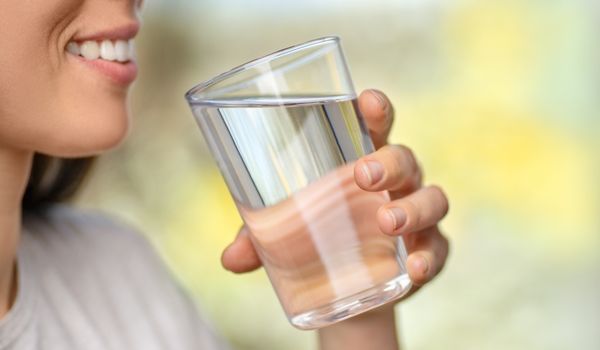
Filtration handles a lot — but there are still times when boiling wins.
If your water is microbiologically unsafe (think: bacteria, protozoa, or viruses), and you don’t have a filter that targets pathogens, boiling is the fastest, safest solution.
✅ Boiling Wins When:
- You’ve received a boil advisory from your local water utility
- You’re camping, traveling, or using an uncertain water source
- Your water filter doesn’t specifically remove or kill bacteria
- You’re treating water in an emergency (no electricity or plumbing)
Boiling doesn’t remove metals or chemicals — but it does destroy microbes that can cause serious illness in hours or days. This is a great short-term remedy in a pinch.
🆚 Boiling vs. Filtering: Side-by-Side
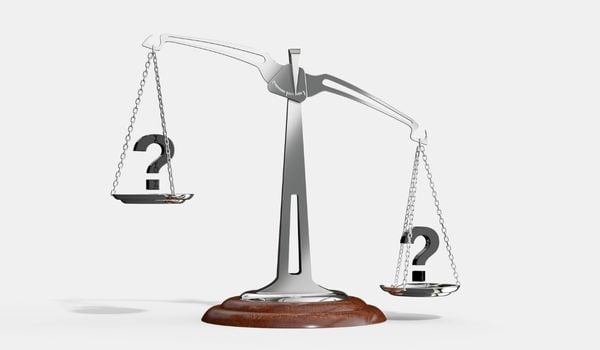
| Scenario | Better Option | Why |
|---|---|---|
| 🚨 Boil water advisory | Boiling | Destroys bacteria and viruses fast — no filter needed |
| 🔬 Removing chemicals like chlorine or VOCs | Filtration | Boiling can *concentrate* chemicals — carbon filters are safer |
| 💧 Lead or heavy metals in tap water | RO filtration | Boiling doesn’t remove metals — RO filters do |
| 🏕️ Emergency or off-grid use | Boiling | Simple, fast, and doesn’t require electricity |
| 🦠 Bacterial concerns in well water | Test first → then filter or boil | Testing helps determine if you need disinfection or full filtration |
| 🌊 Everyday tap water that tastes “off” | Water filter pitcher | Improves taste by removing chlorine, sediment, and odor |
🛡️ Filters & Disinfection Methods That Actually Work

Boiling is effective — but if you’re looking for long-term water safety, you’ll want systems that go beyond taste and tackle harmful contaminants head-on. Here’s a roundup of proven methods that kill bacteria, viruses, and more.
💧 Reverse Osmosis (RO)
RO filters use a semi-permeable membrane to remove bacteria, viruses, heavy metals, salts, and more. Many include carbon stages to catch chlorine and VOCs too.
Great for: Deep purification under your sink
👉 Learn how RO handles bacteria
🌀 Ultrafiltration (UF)
Like RO but with slightly larger pores, ultrafiltration traps pathogens and sediment without removing healthy minerals. It’s often used in whole-house systems.
Great for: Protecting your whole home without dropping water pressure
🔬 Nanofiber Filters
These use charged fibers to grab pathogens, heavy metals, and VOCs. They’re compact, efficient, and effective — no membrane needed.
Best for: Broad-spectrum filtration in small setups
💡 UV Disinfection Systems
UV light damages the DNA of bacteria and viruses, preventing them from multiplying. It doesn’t remove contaminants, so it works best when paired with sediment filters.
Use this if: You want chemical-free disinfection for well or city water
👉 Learn about bleach-like odors in water
💧 Distillers
Distillation boils water and collects the purified steam — leaving nearly all contaminants behind. It’s like boiling 2.0.
- Pros: Removes metals, microbes, and minerals
- Cons: Requires electricity and has slow output
Best for: Small-scale use or highly sensitive needs like CPAPs or baby formula
🧰 Emergency-Ready Options
Need backup for off-grid use or boil advisories? These options don’t require plumbing — just planning:
- 🧱 Ceramic Filters: Affordable and reusable. Block bacteria and sediment but not viruses.
- 🧪 Chemical Treatments: Chlorine tabs or iodine are quick fixes — not ideal daily, but great for go-bags.
- 🌊 Shock Chlorination: Best for well disinfection when bacteria are confirmed. 👉 How to test for bacteria in well water
💡 Pro Tip: If you rely on a UV or distiller system, always test your water first. Some microbes can slip through if sediment is high or the water source is untreated.
✅ Final Take
When it comes to drinking water safety, both boiling and filtering have their place — it all depends on what you’re trying to remove.
Boiling is great for killing bacteria during emergencies — but it won’t tackle heavy metals, chemicals, or weird smells. That’s where filtration shines — especially if you want something that works every day, without the hassle.
💡 Pro Tip: If your water is cloudy, has a funny taste, or you’re using a private well, consider combining methods. A good home water filter plus the occasional boil when needed gives you confidence in every sip.
 153 people found this helpful. Was this guide helpful to you?
153 people found this helpful. Was this guide helpful to you? 

